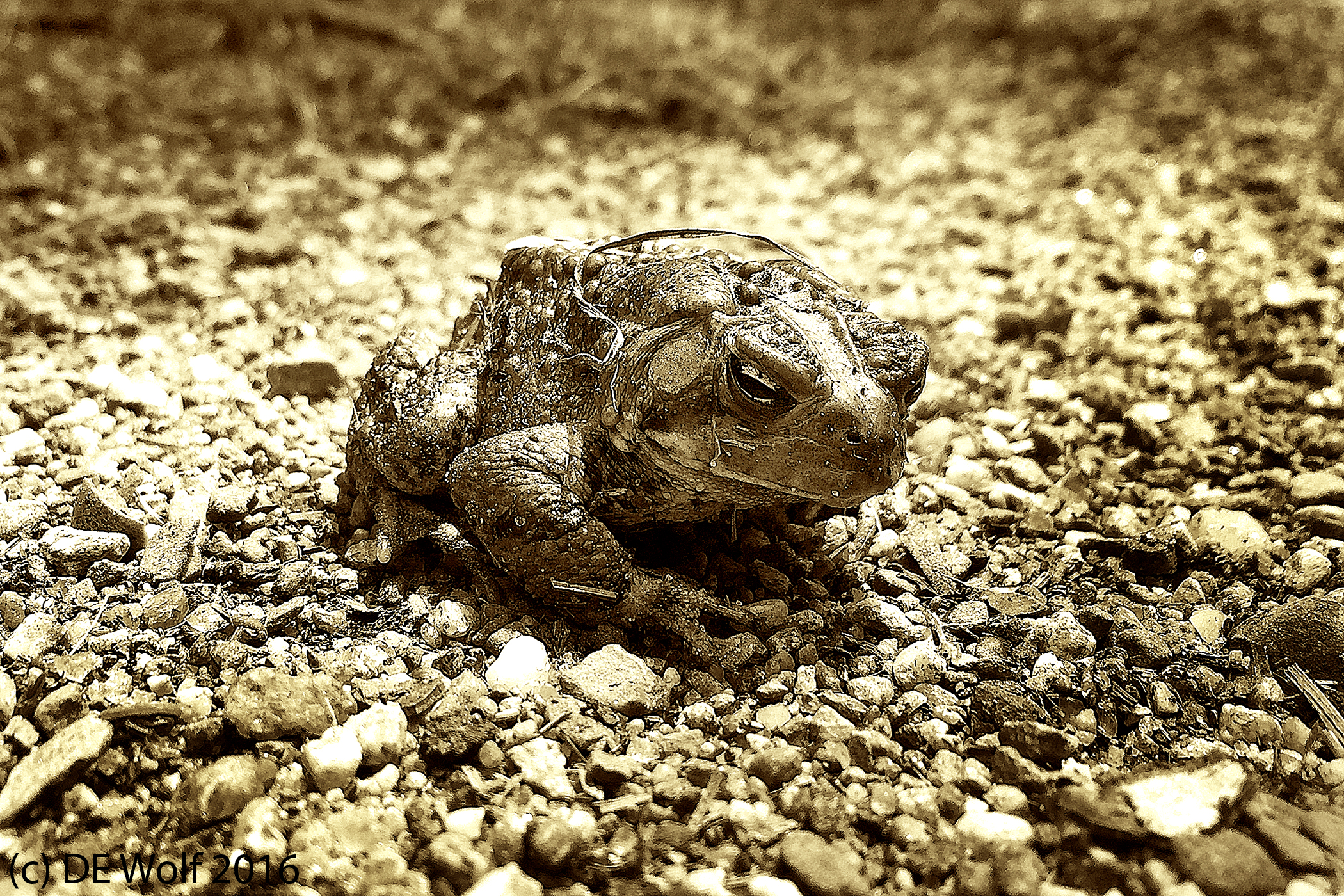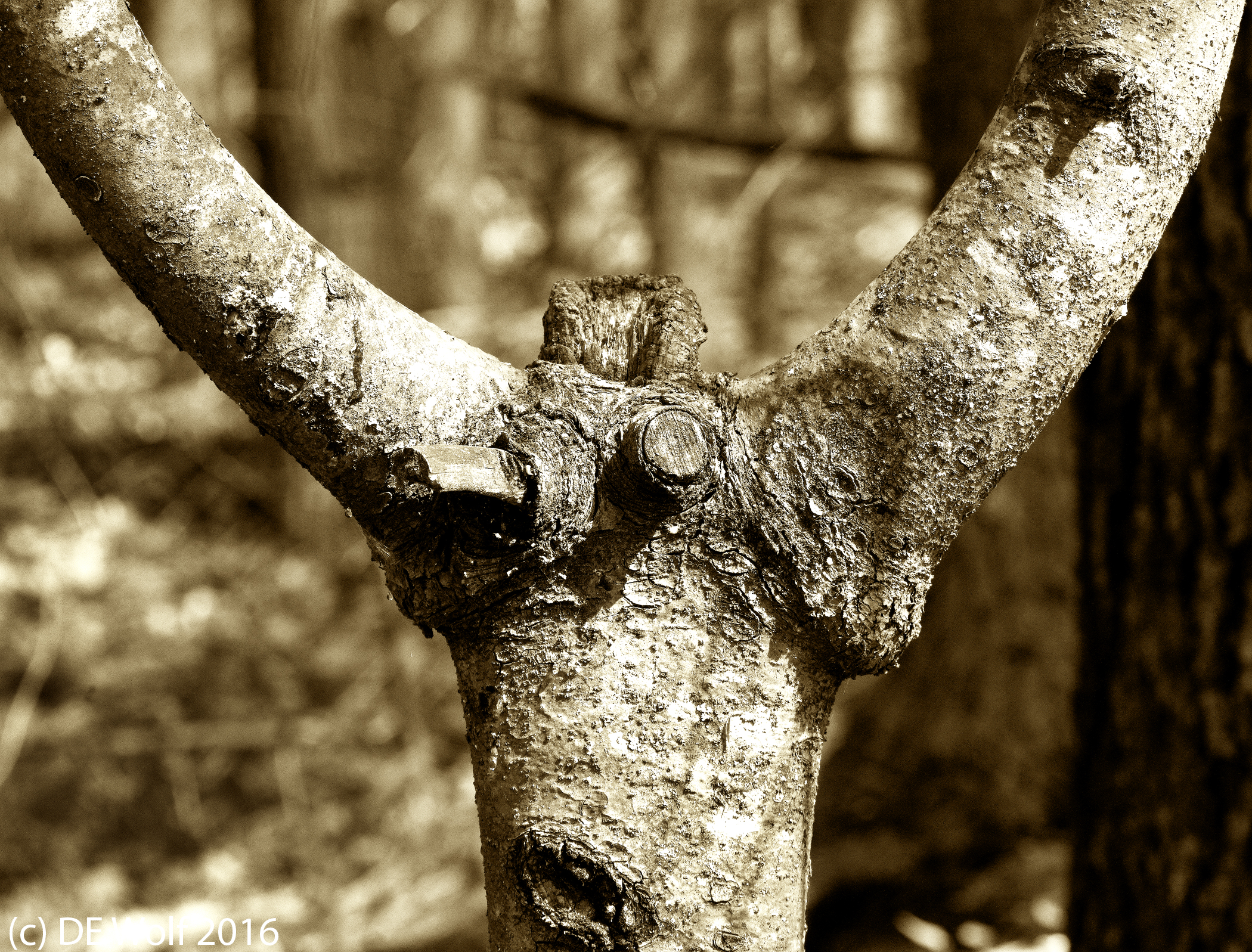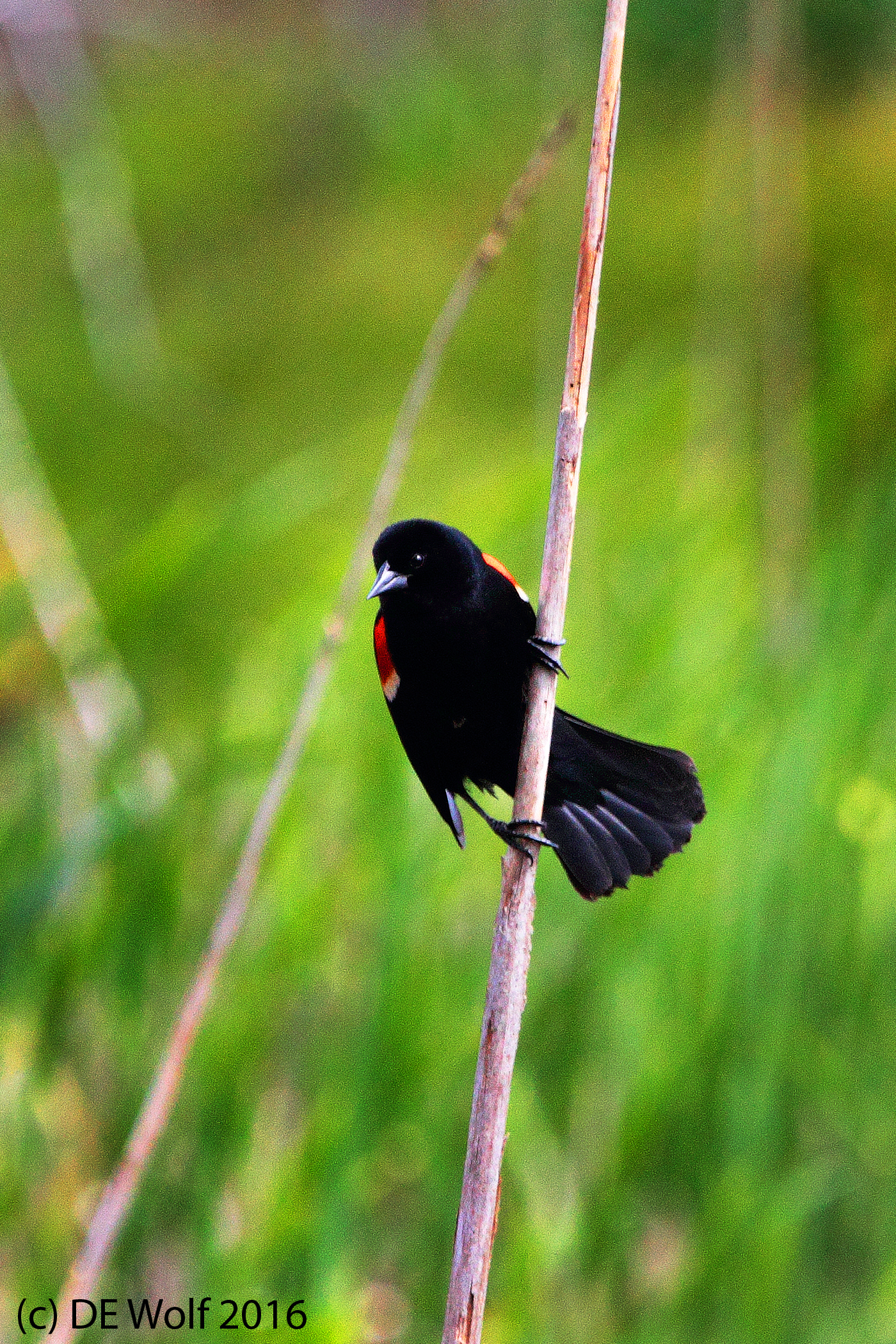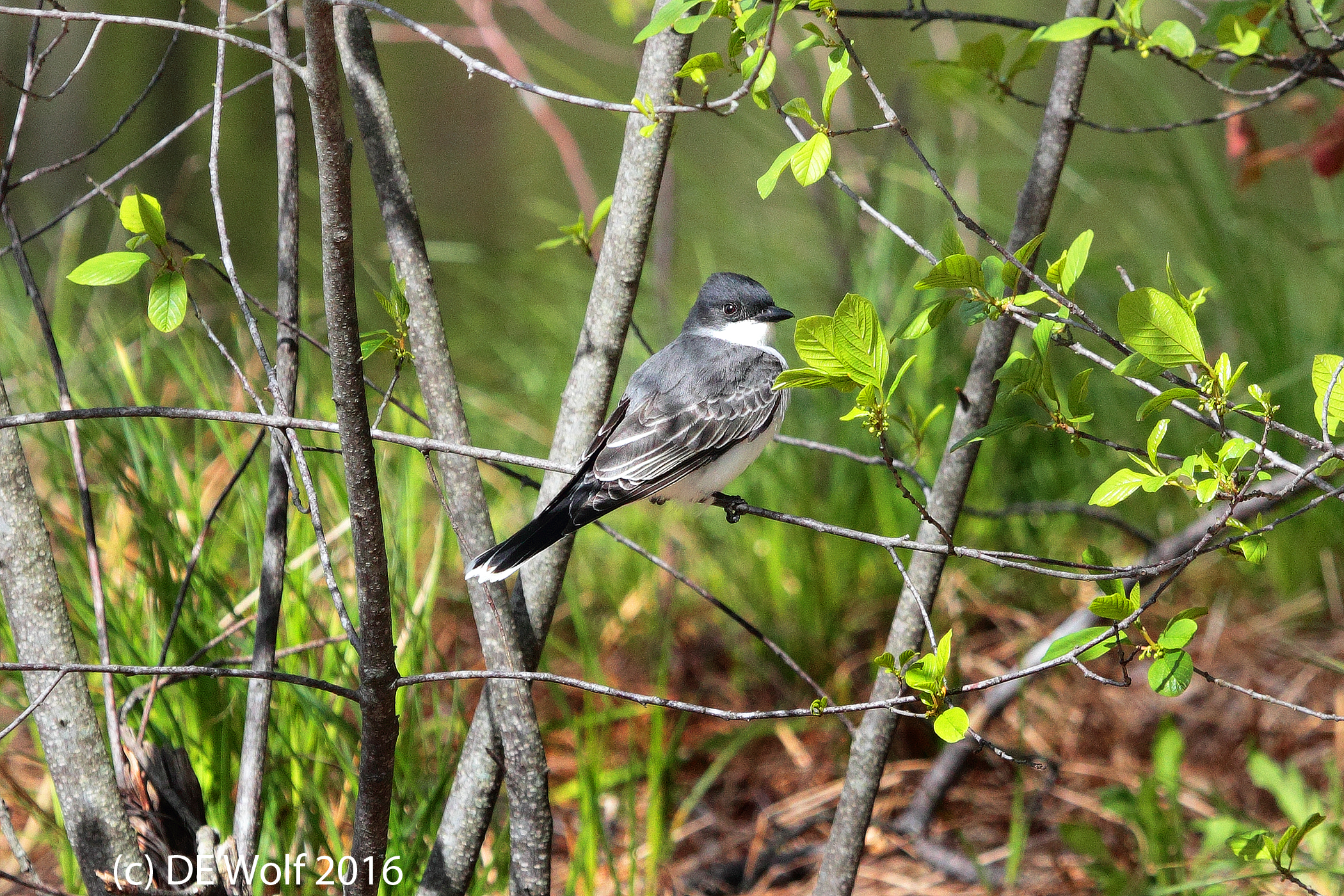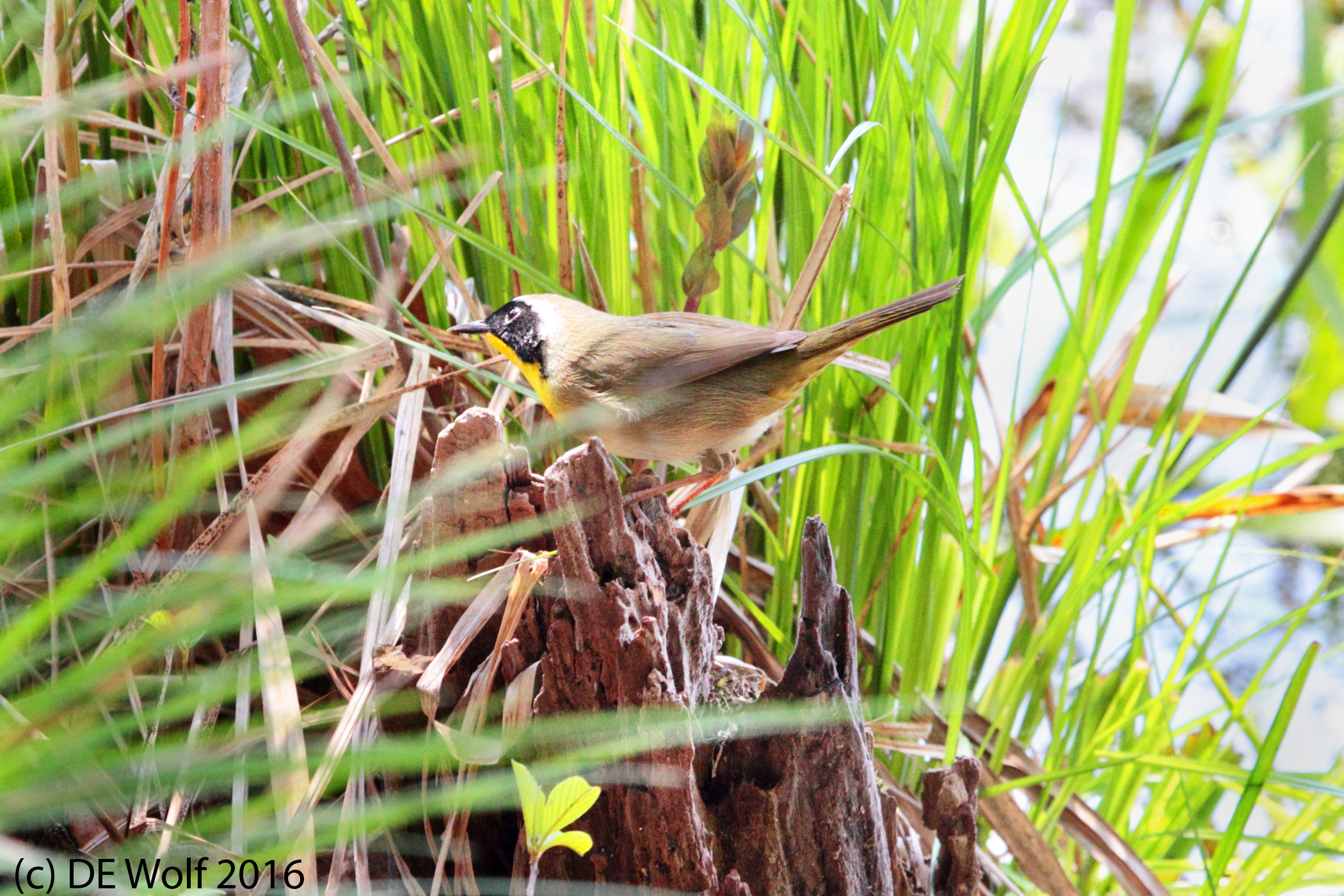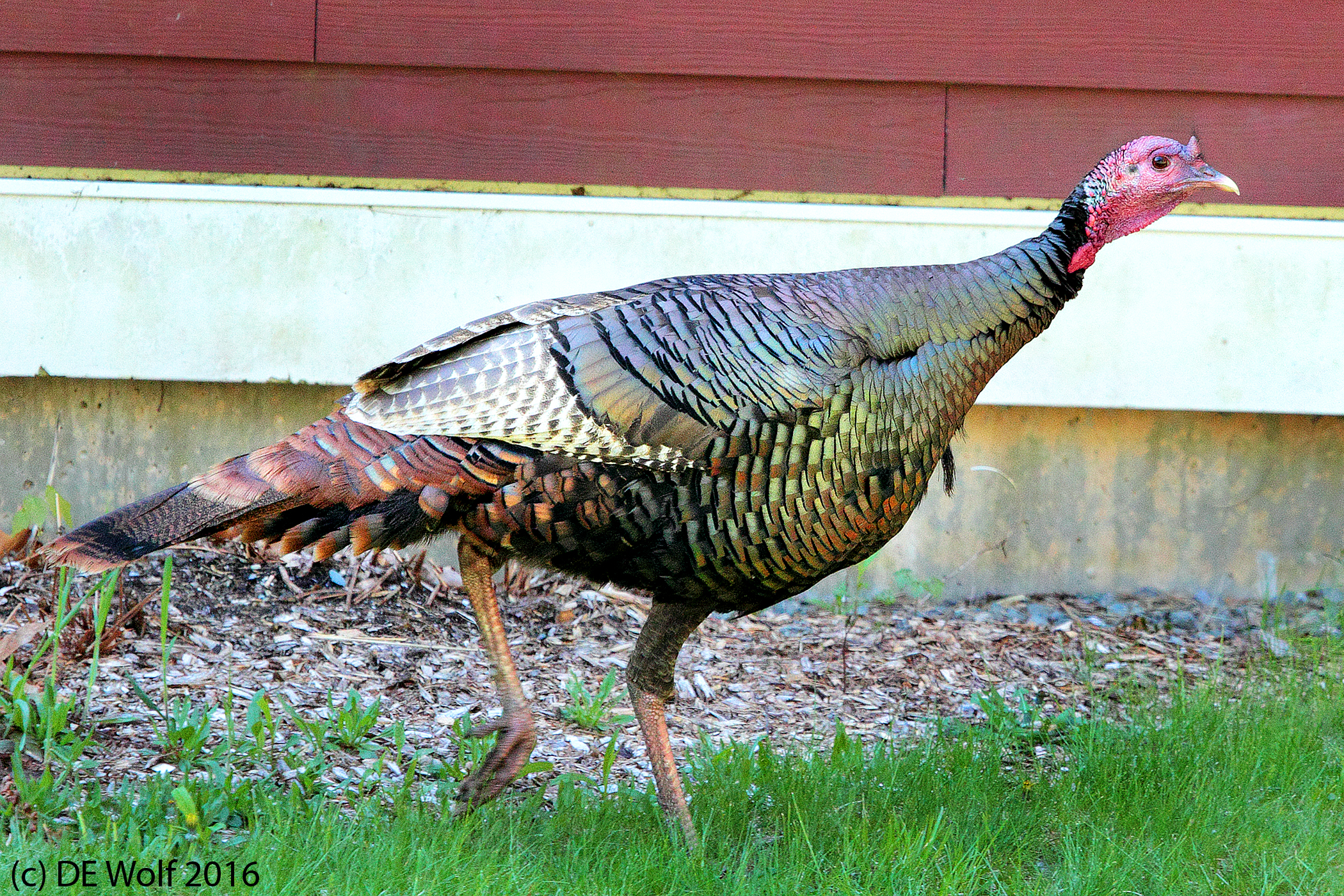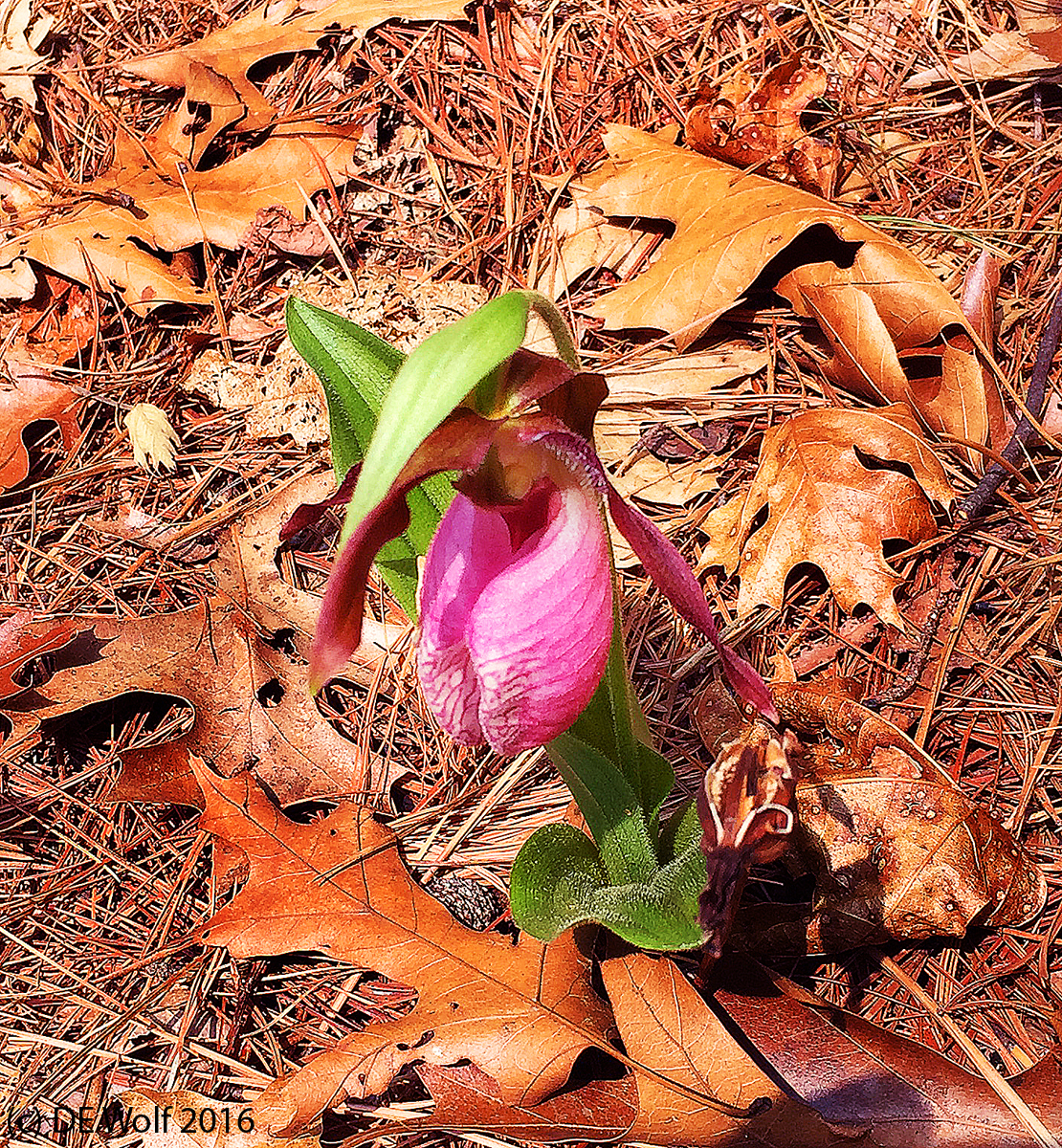
Figure 1 – Moccasin flower, Assabet River National Wildlife Refuge, Sudbury, MA. May 20, 2016. IPhone macrophotograph. (c) DE Wolf 2016.
I should probably have saved this posting until Fathers’ Day. But it is May and the orchids are in bloom in Massachusetts, demanding a timely posting. The thing is that my dad was a naturalist, and he would have delighted to walk with me in the woods. He would have been delighted by the great blue herons, by the Canada goslings, by the toad whose picture I posted yesterday, and by the adamant water snake that I crossed paths with last week. But I have been waiting and watching, waiting for the orchids to bloom, because I knew that this would have delighted him the most.
Figure 1 is a photograph of a so-called moccasin flower. It is a lady-slipper orchid, Cypripedium acaule. They are very special and they grow on the ground of the New England pine-barrens. Indeed, they defy culture because no one has yet to figure out the essential ingredients provided by the pine needles and oak leaves that nurture them. The photograph was again taken with my IPhone serving as macrocamera. Here I would have preferred a little more sharpness. But I was not carrying the macrolens for my Canon with me. And like yesterday’s toad image, I had to get down on the ground close to the flower. There is something pretty magical about orchids, which we think of as tropical flowers growing in the Northern woods.
I say that my father would have delighted in walking with me. But, in fact, he still does. He was an extraordinary and encyclopedic naturalist. And in his day biology was still about naming things, just as geology was about mysterious land bridges where dinosaurs paid a toll and crossed between continents. So whenever, I walk in the woods today I remember all the names of plants and animals and minerals that he taught me, and it is as if he were still with me.
And there is something else. I grew up in New York City, which you would think was about as far from nature that you could get. But that was not really the case. There were wonderful parks: Central Park, Fort Tryon Park, Prospect Park, and Van Cortland Park where nature was waiting for you still, and if you tried hard enough these places would transform in your imagination to an antebellum time before nature’s war with mankind.

